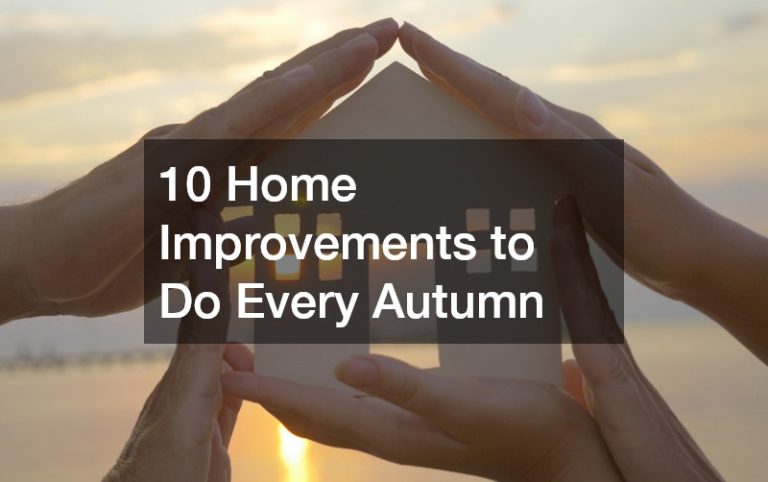Look for curling or missing shingles, as these can signal that your roof is no longer providing adequate protection. Shingles that are curling may indicate that they have reached the end of their lifespan or that they have been damaged by extreme weather conditions. Additionally, if you notice water stains on your ceilings or walls, this could indicate leaks that may require a full replacement rather than just repairs. Persistent leaks can lead to serious damage not only to the roofing structure but also to the interior of your home, causing issues like mold growth and damage to your belongings.
Another important sign to monitor is the presence of granules in your gutters. As shingles age, they lose their protective granules, which serve as a defense against UV rays and weather elements. If you find an abundance of granules, this can indicate that your shingles are deteriorating and may need to be replaced soon. The loss of granules not only affects the shingles’ ability to protect your home but can also lead to reduced energy efficiency. A professional roofing company can assess the extent of the damage and determine if a replacement is necessary.
Additionally, if you spot sagging areas in your roof, this can indicate structural issues that may pose safety risks. A sagging roof is often a sign of underlying problems, such as damaged rafters or inadequate support. This not only compromises the integrity of your roof but also creates an unsafe environment for anyone in the home. If you observe any signs of sagging, it’s essential to contact a roofing professional immediately to evaluate the situation and determine the best course of action.
Regular inspections by a qualified roofing company can help catch these problems early, preventing costly repairs down the line. These inspections are particularly important after severe weather events, such as heavy storms or hail, which can cause hidden damage. A professional can provide a thorough assessment, identifying issues that may not be visible to the untrained eye. By addressing these concerns early on, you can extend the lifespan of your roof and avoid more extensive repairs in the future.
In addition to visual inspections, consider the age of your roof. Most roofs have a lifespan of 20 to 30 years, depending on the materials used. If your roof is approaching or has exceeded this timeframe, it’s wise to start planning for a replacement, even if no immediate problems are visible. An aging roof is more susceptible to damage, and the risk of leaks increases over time. By proactively addressing the aging of your roof, you can prevent emergency repairs and safeguard your home.
Maintaining good communication with your roofing company is also crucial. They can provide you with maintenance tips and advice on how to care for your roof properly. Regular maintenance, such as cleaning gutters and removing debris, can significantly prolong your roof’s lifespan. Moreover, staying informed about local weather conditions and potential threats can help you take necessary precautions to protect your home.
By staying informed about these signs, you can ensure that your roof remains in good condition, ultimately protecting your home and investment. Regular upkeep not only safeguards your home but also enhances its value. A well-maintained roof contributes to the overall curb appeal of your property and makes it more attractive to potential buyers if you decide to sell in the future.
In summary, being vigilant about your roof’s condition is essential for maintaining the integrity and safety of your home. By recognizing the warning signs of roof damage and working closely with a qualified roofing company, you can make informed decisions that protect your investment and provide peace of mind. Don’t wait for small issues to escalate into major problems; proactive measures are key to ensuring your roof continues to serve its vital function for years to come.





